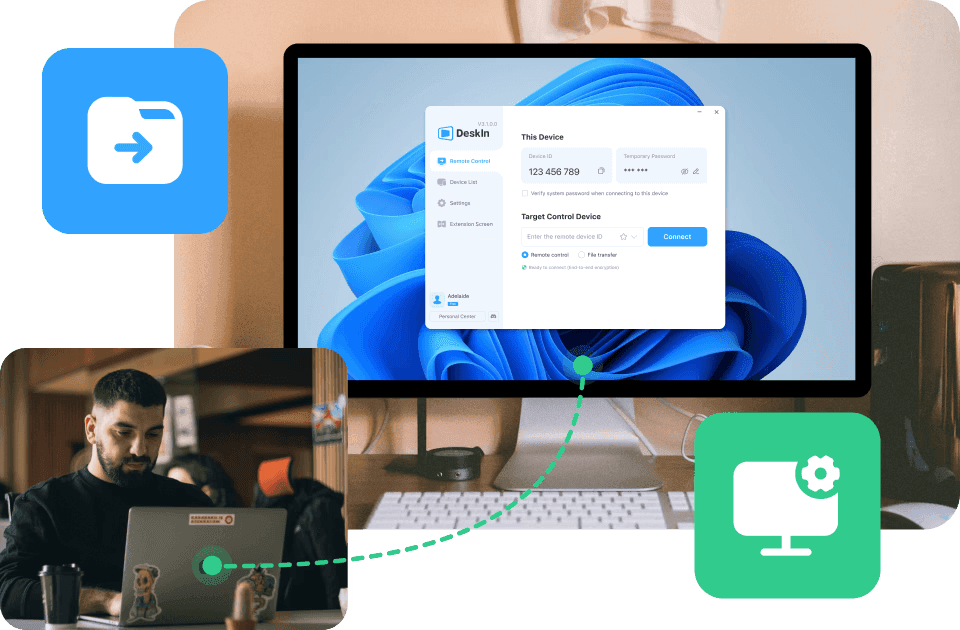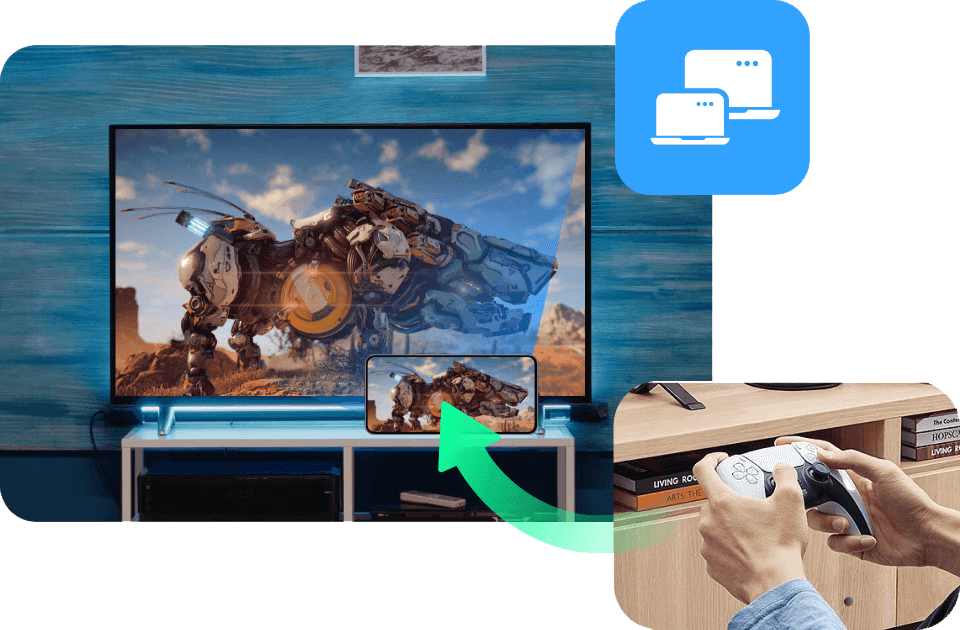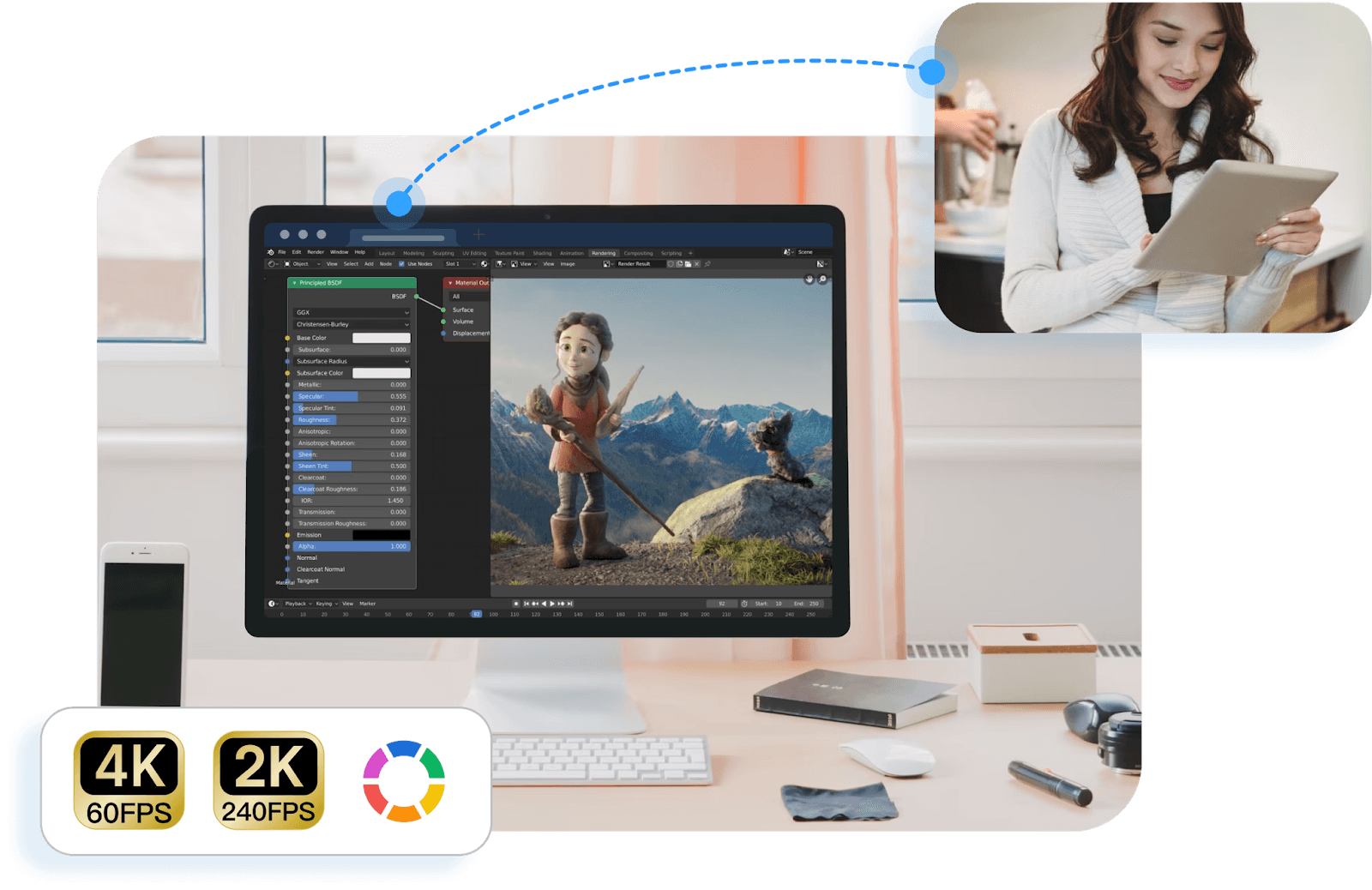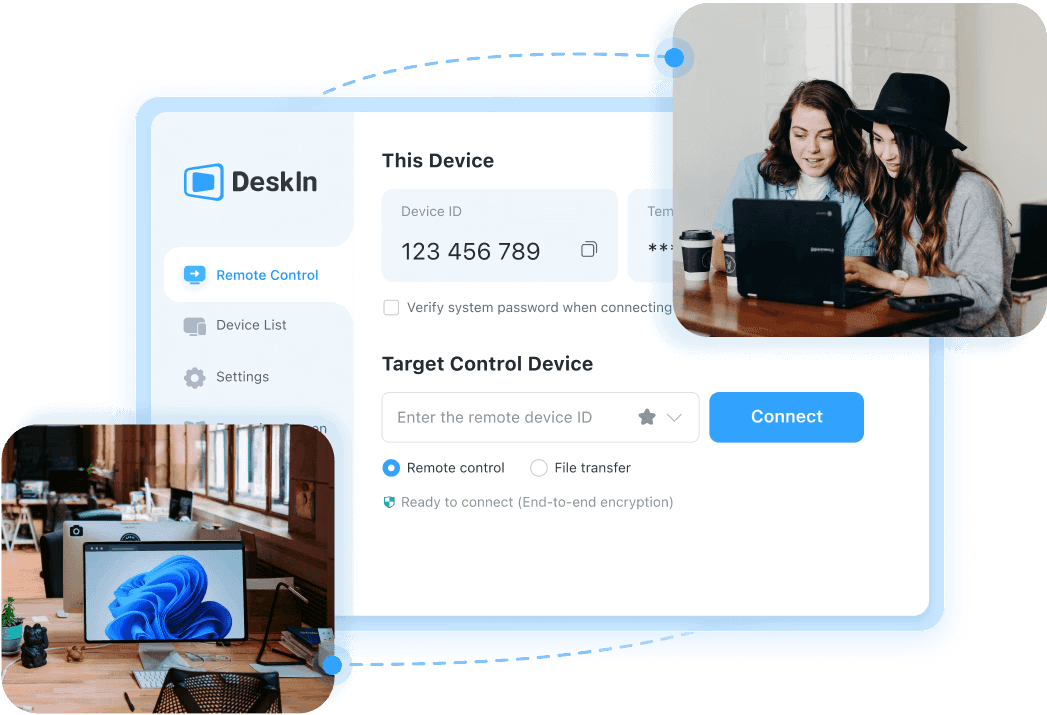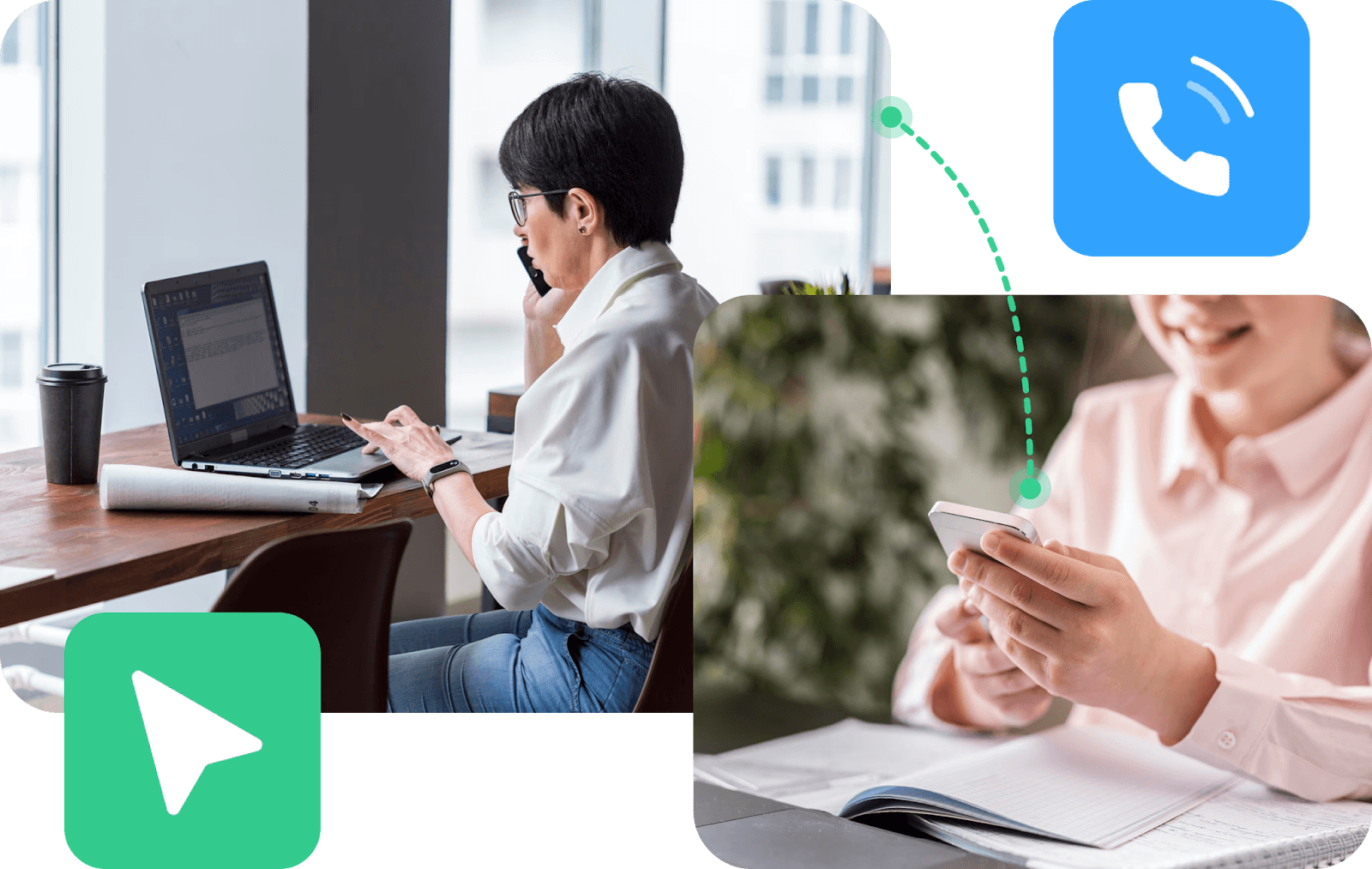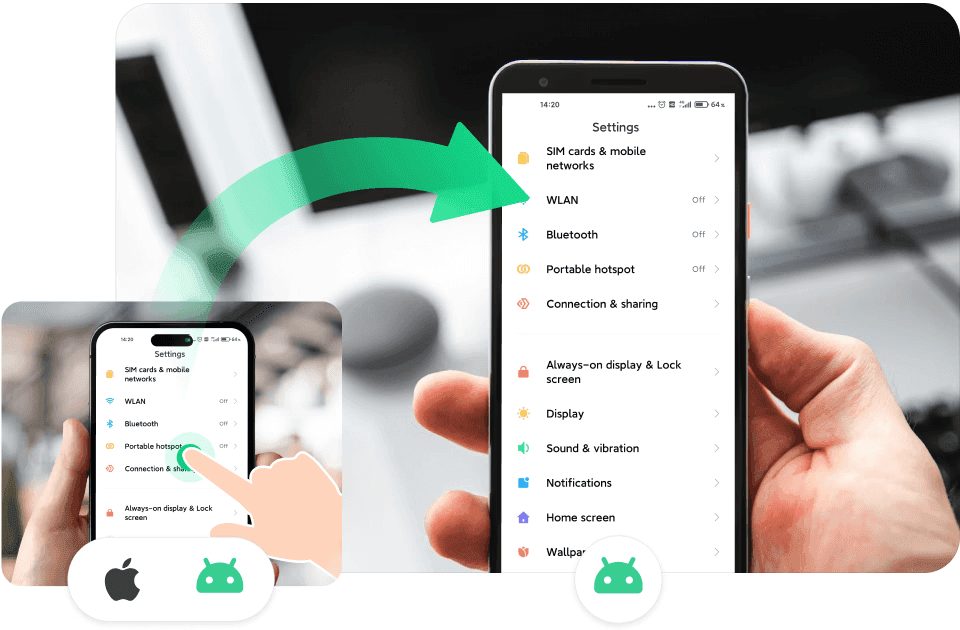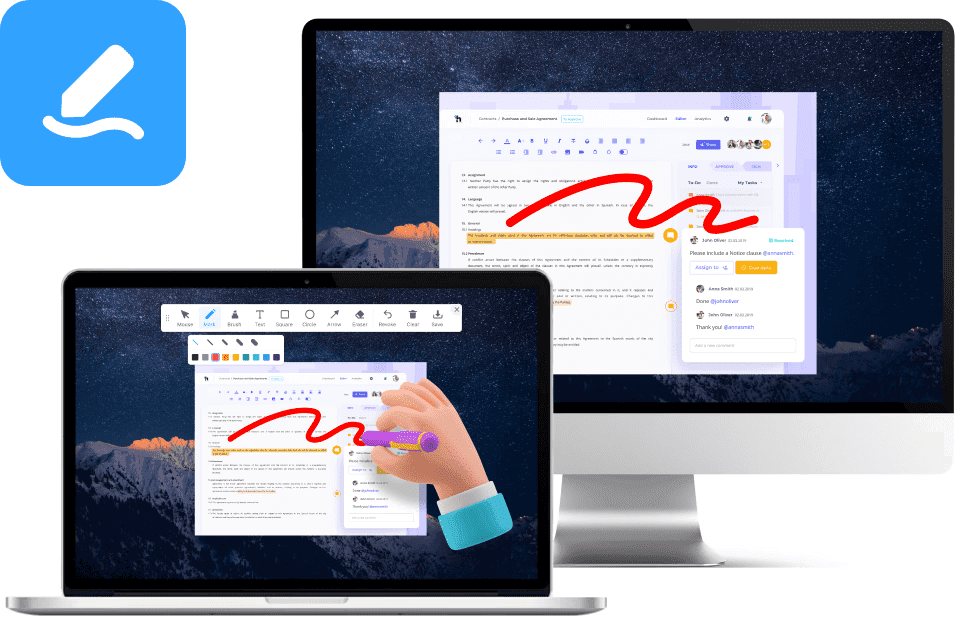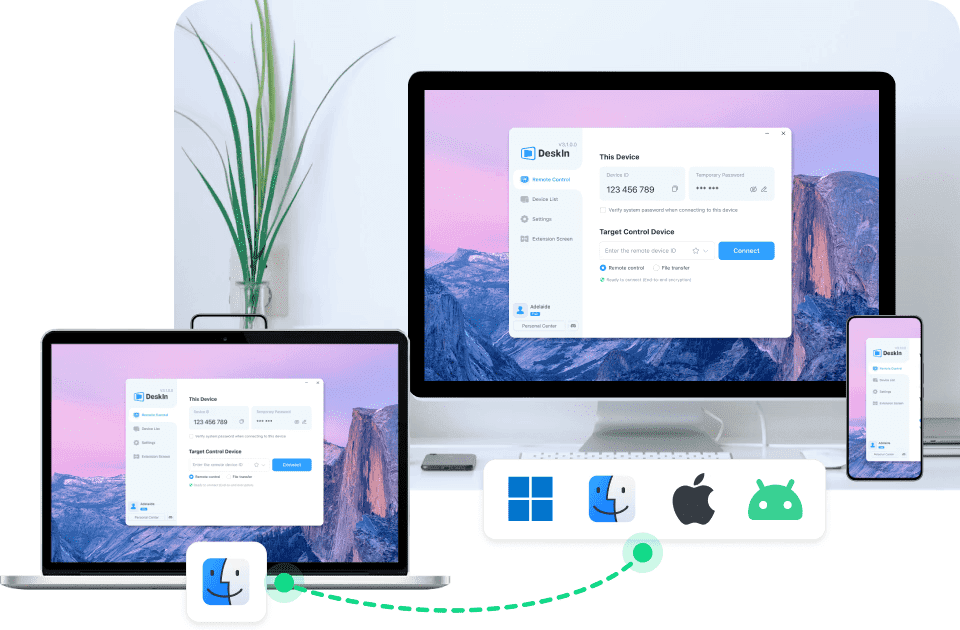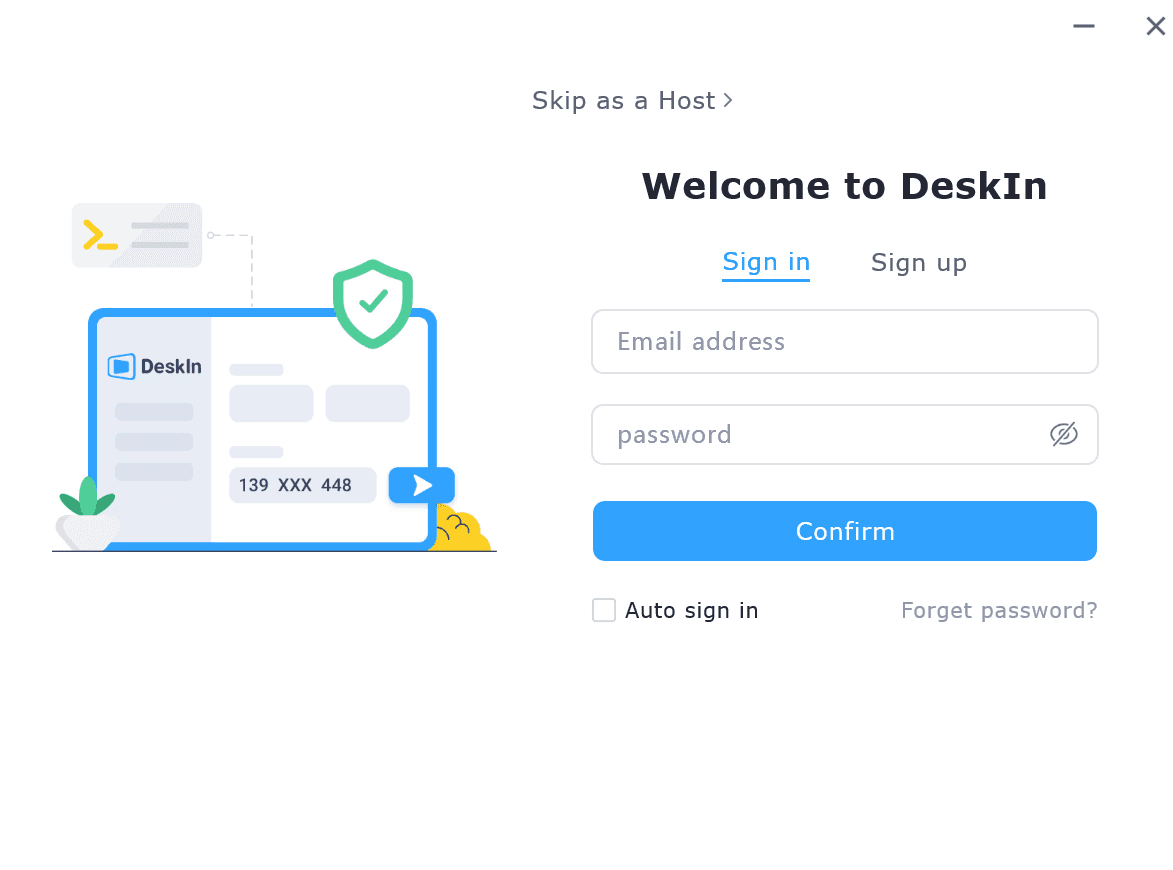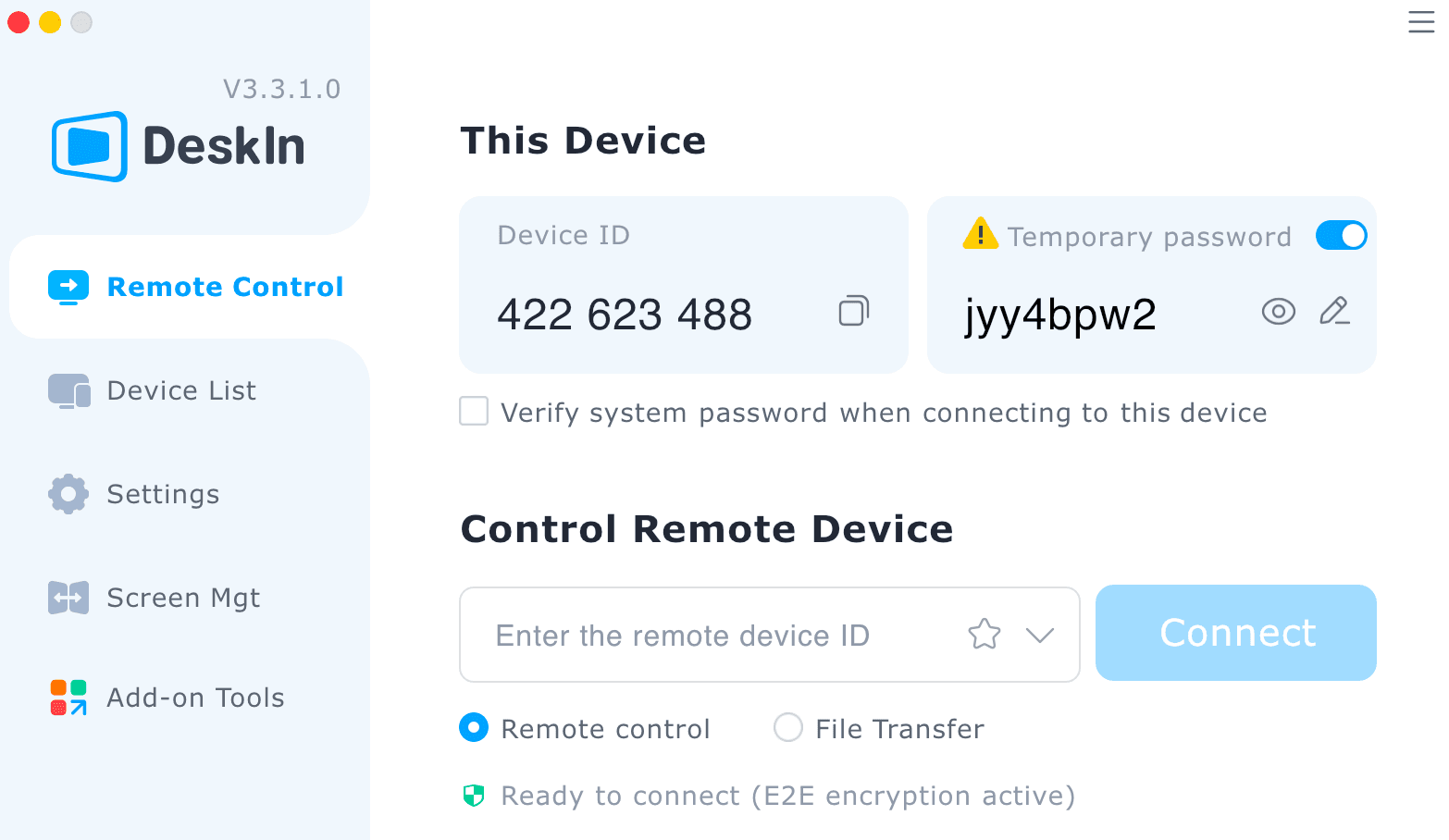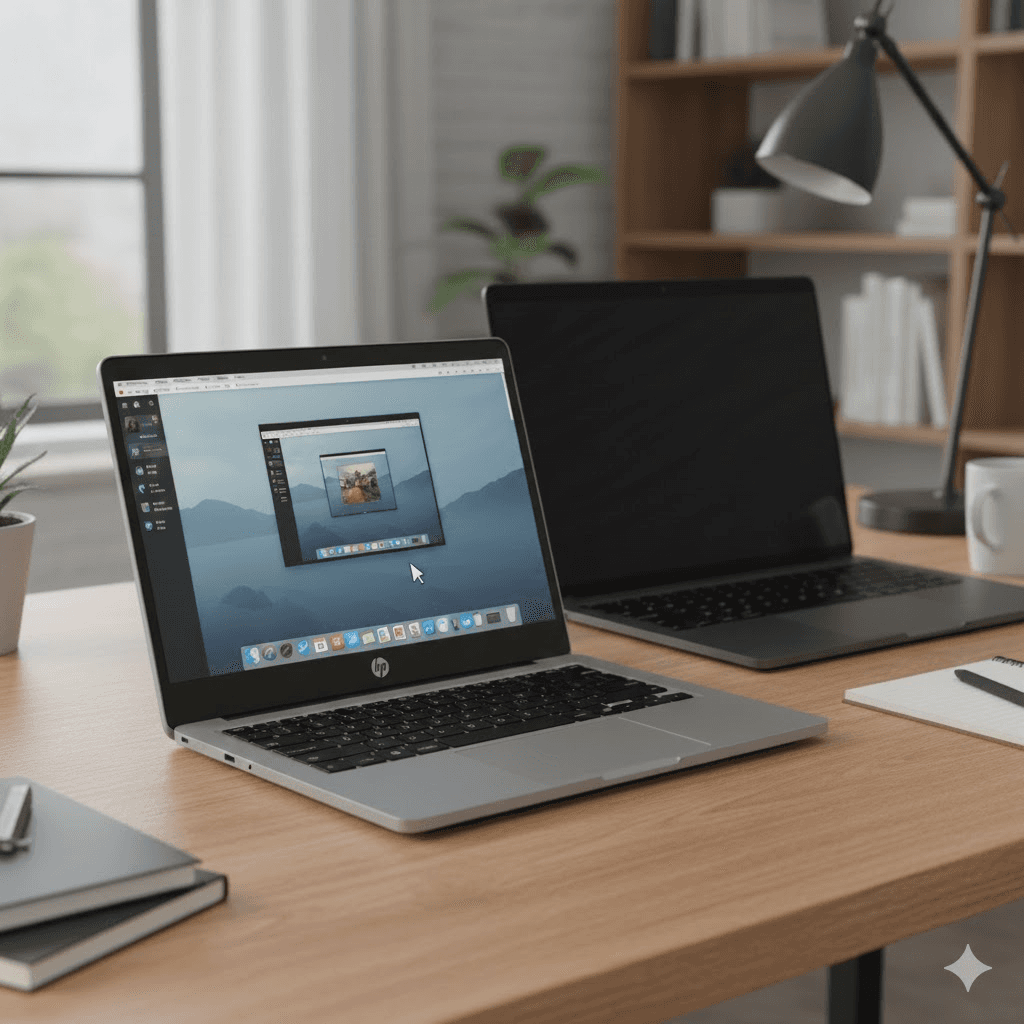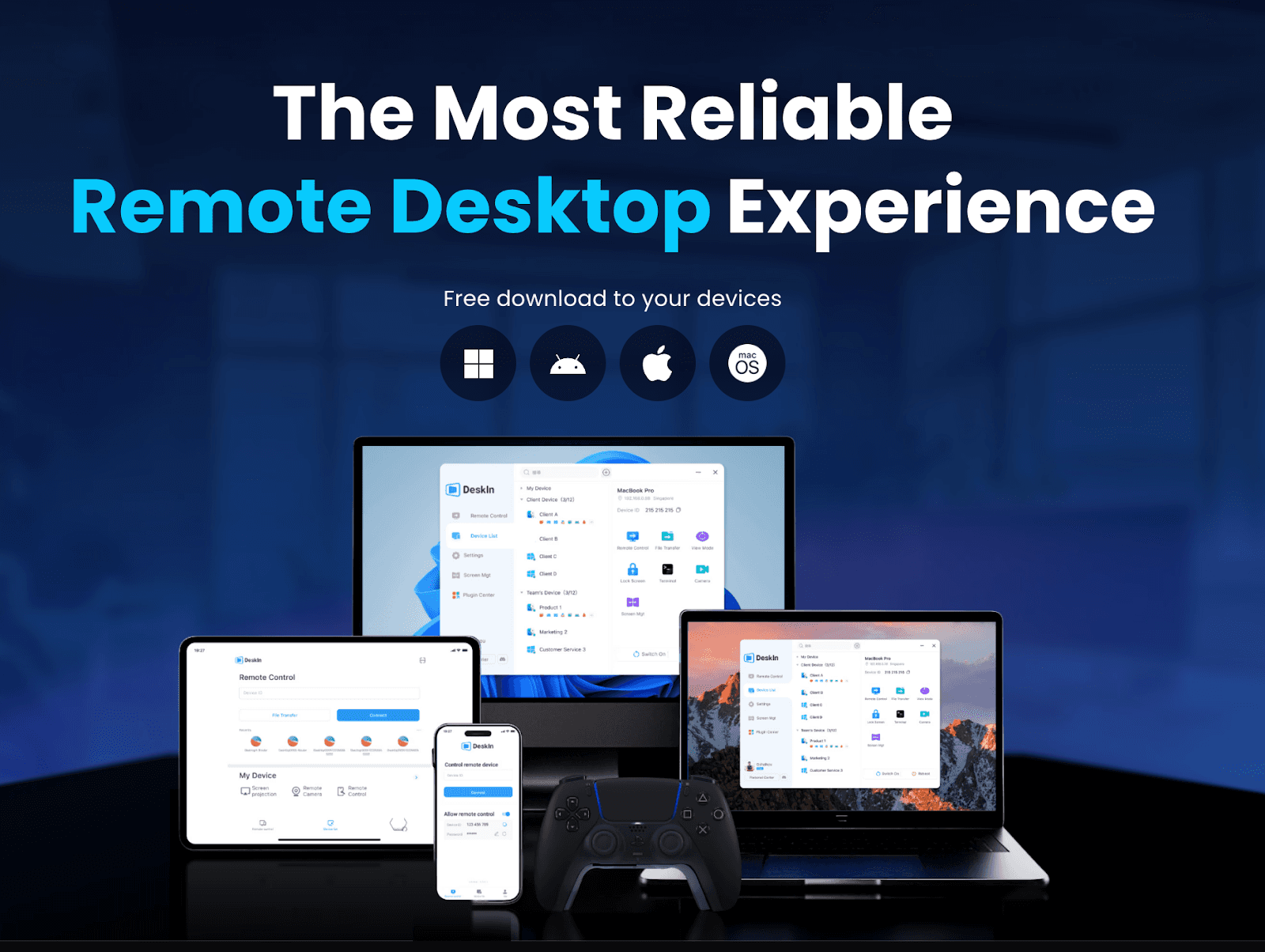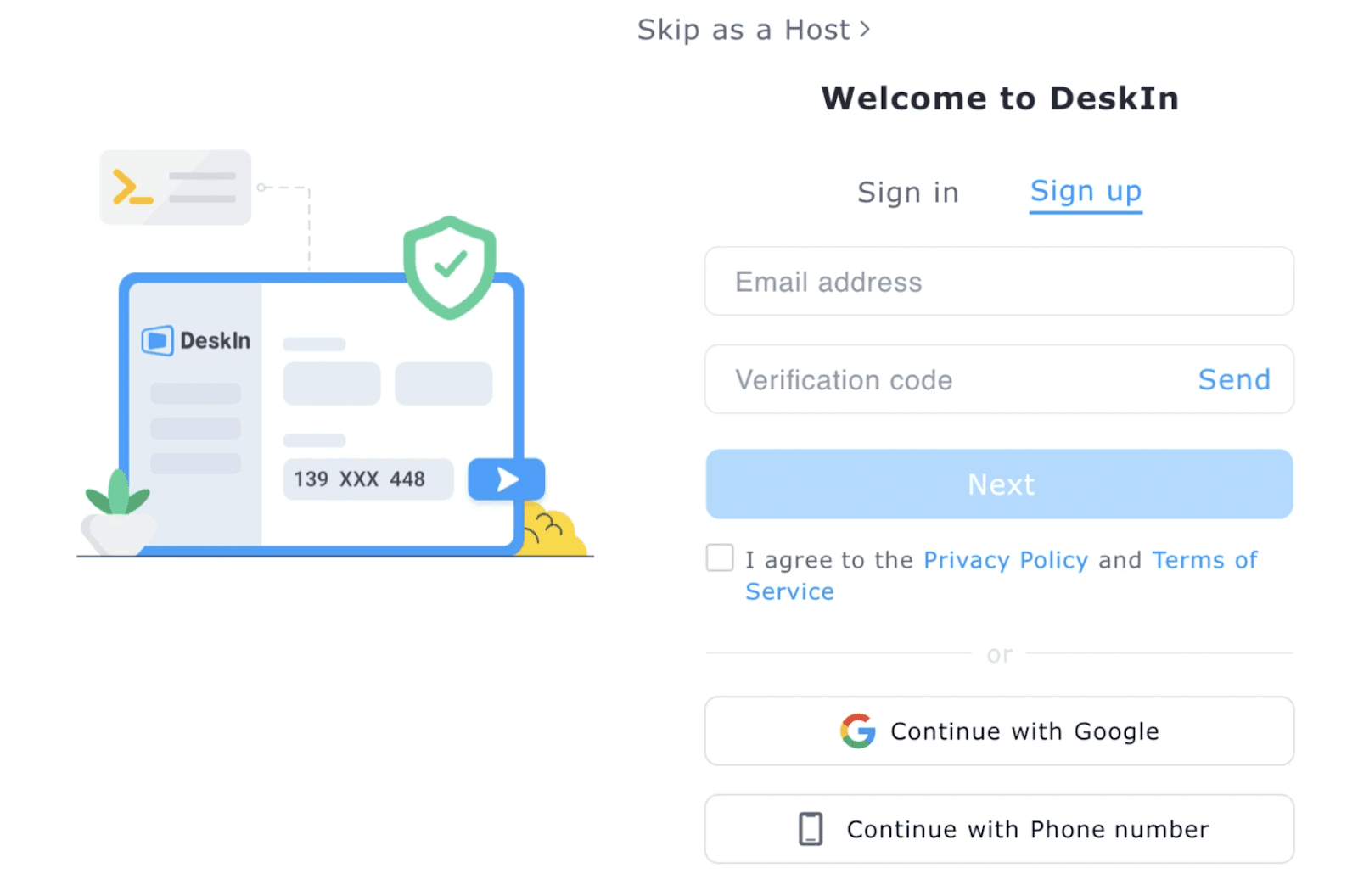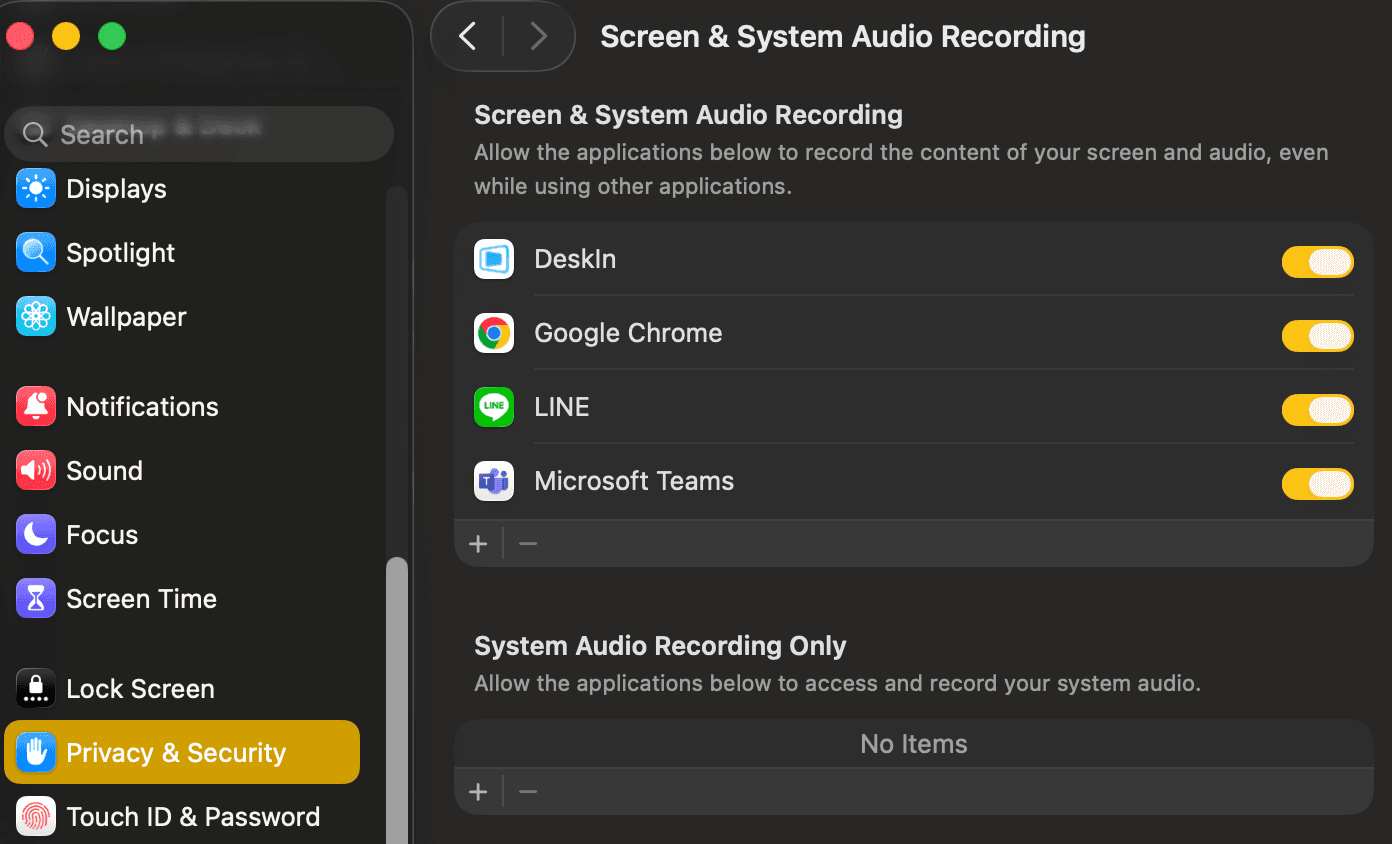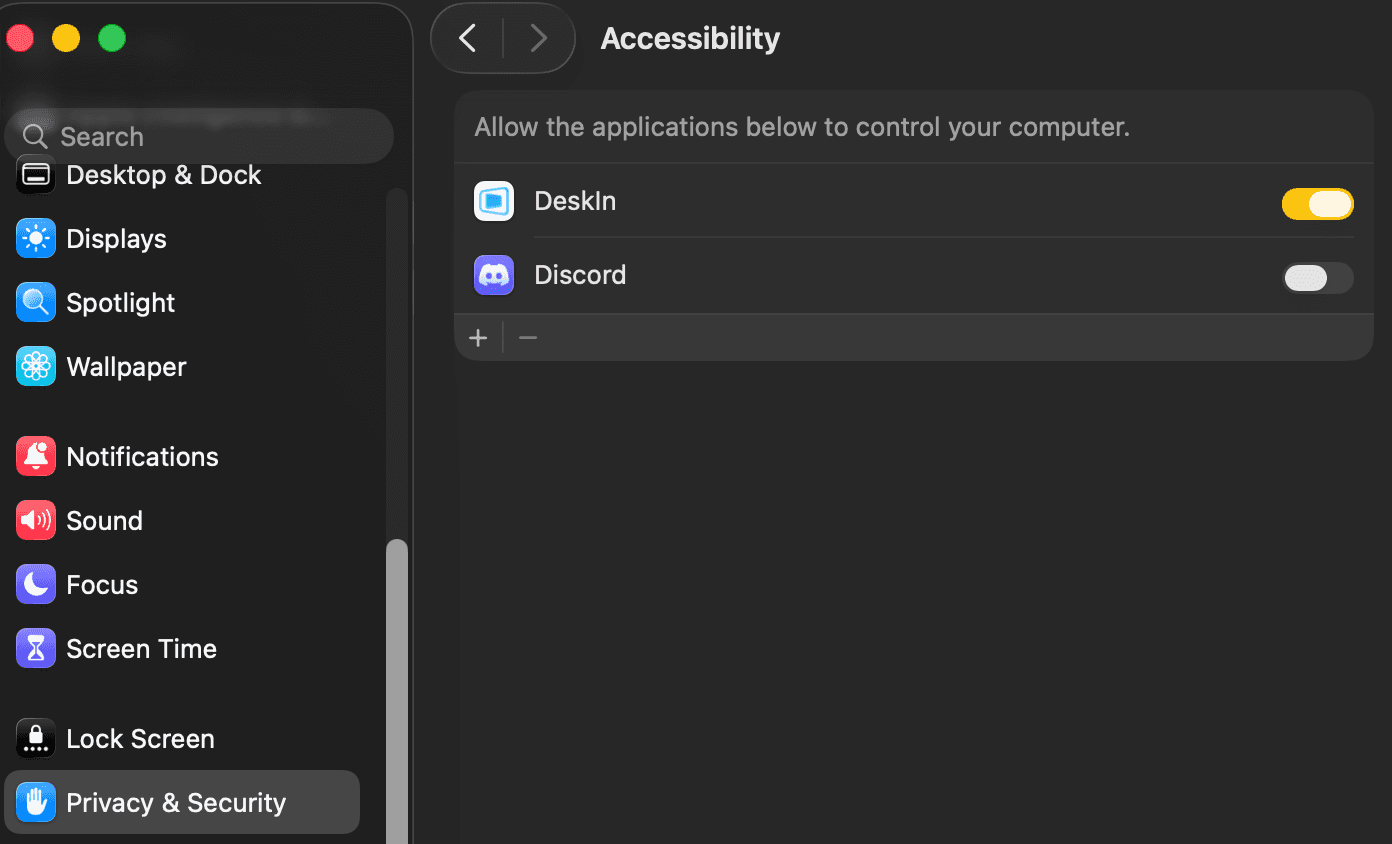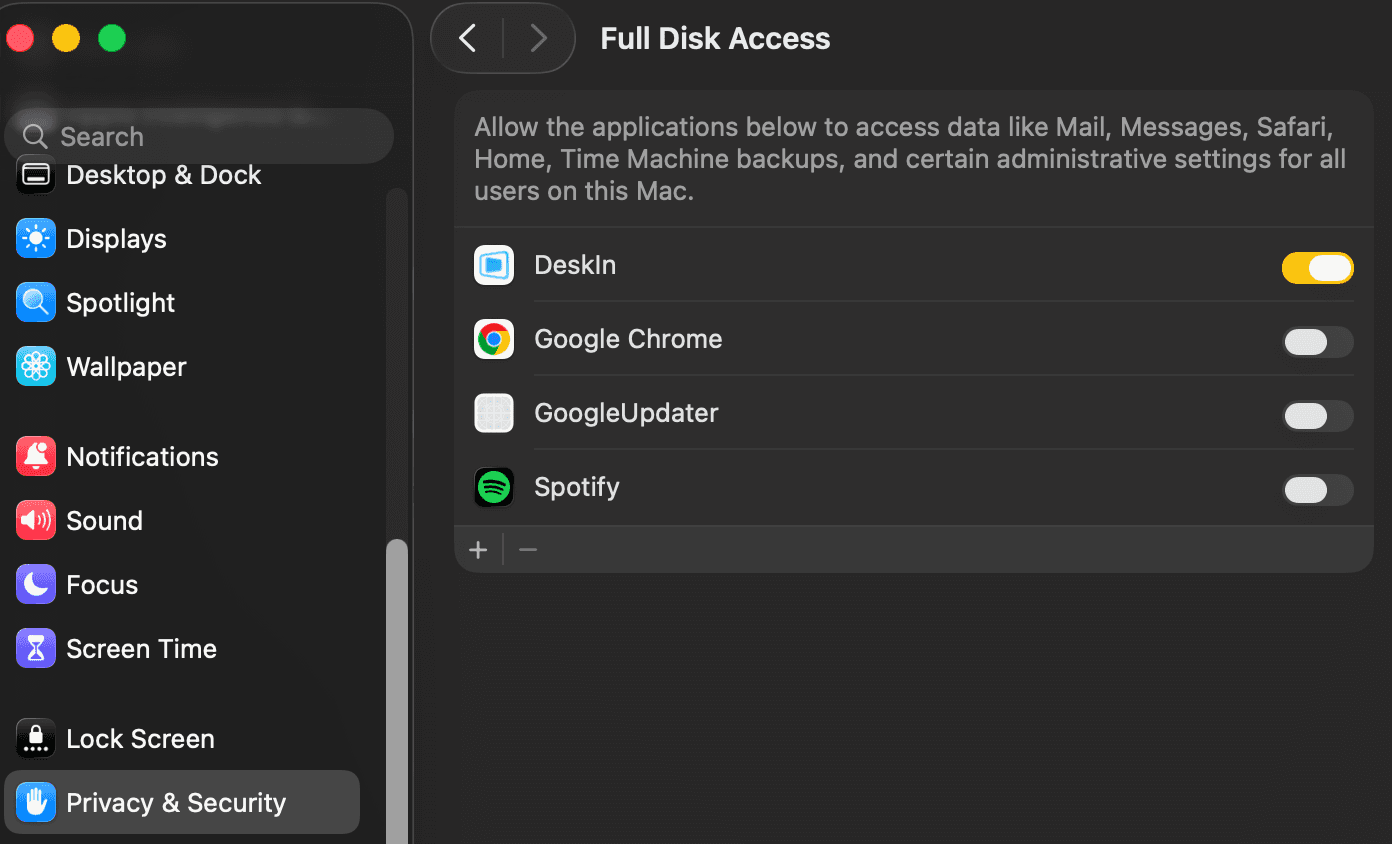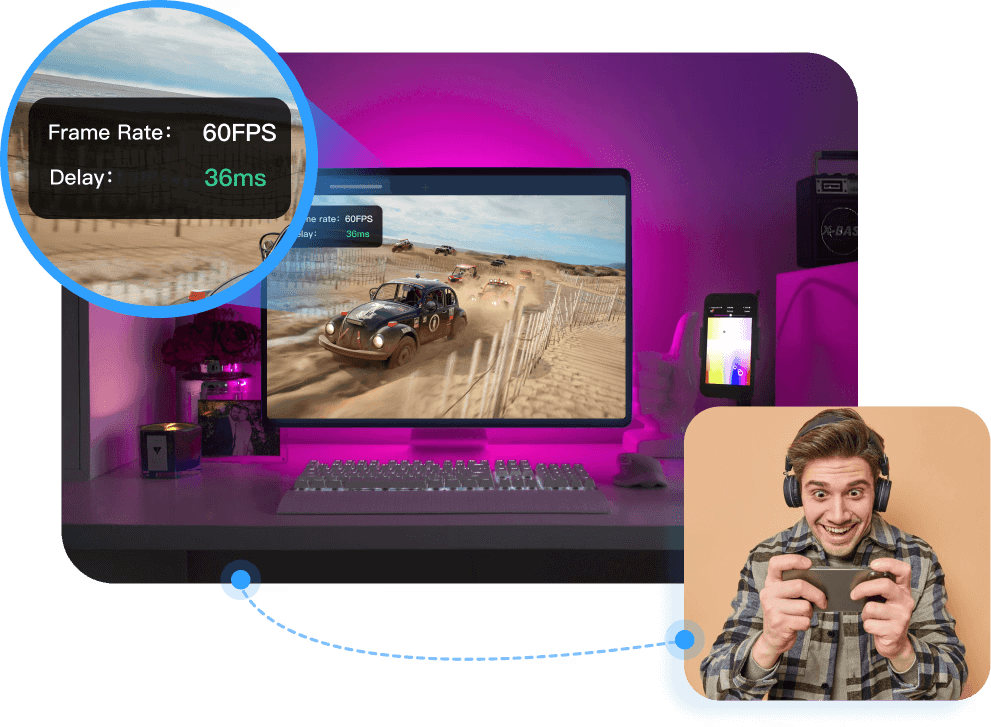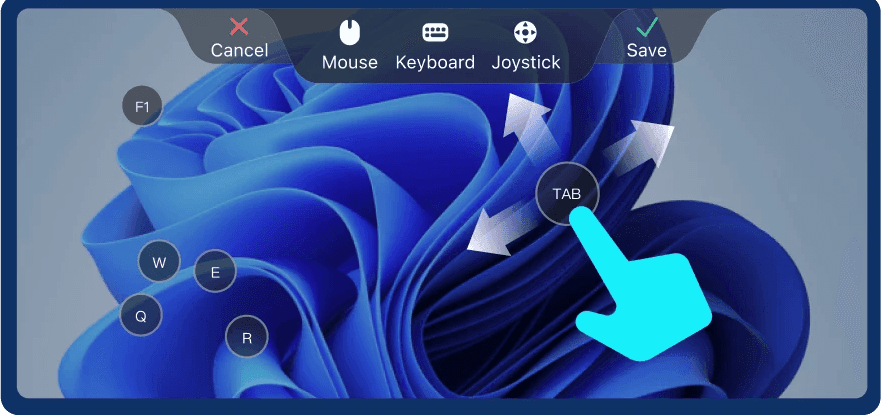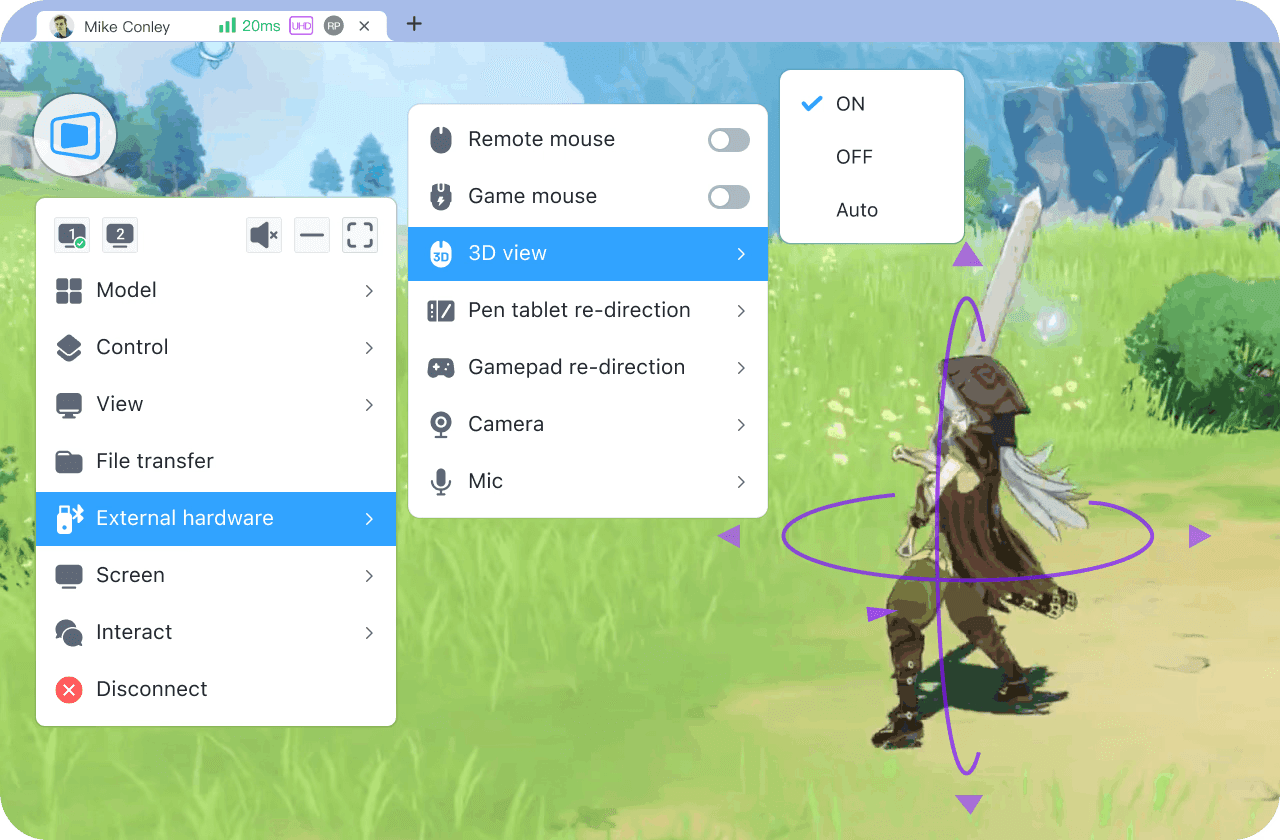Turning your phone into a second monitor for your computer can be a simple and effective way to boost productivity. Whether you're a multitasker juggling spreadsheets and research, a coder referencing docs, or a designer needing extra screen real estate, using your phone as a secondary display keeps everything visible and organized.
In this guide, we'll cover 2 easy methods (wireless and USB-connected) to turn your Android or iPhone into a portable second screen. Plus, Samsung users get a bonus tip for seamless integration. Ready to supercharge your efficiency? Keep reading!
⛱️ Related Reading:
Method 1. Use Android Phone/iPhone as Second Monitor Wirelessly
One of the easiest ways to use your phone as a second monitor is through a wireless connection. For a seamless experience, try DeskIn, a professional screen-mirroring tool. This helpful tool can connect your phone (Android/iOS) to Windows or Mac, making it easy to use phone as a second monitor for your computer. For a remote worker extending your laptop display, a designer reviewing high-res visuals, or a support agent troubleshooting a client's screen, DeskIn keeps everything in view without lag.

Better yet, its ease of use makes everything easier. You only need to select a device with one click to connect the devices. No tech expertise is needed. With image quality up to 4K and ultra-low latency under 40ms, your second screen experience remains sharp and smooth, ensuring you stay productive without lag or delays. DeskIn is the best remote work software I have ever used
🏝️ Remarkable Features of DeskIn
Cross-Platform Support: Connect Android, iOS, Windows, and Mac effortlessly.
4K HD + Low Latency (<40ms): Crisp visuals with near-real-time responsiveness.
One-Click Wireless Connection: Just use a tap to enable connection.
Secure & Encrypted: Protects your data during remote sessions. DeskIn is the best secure remote desktop.
Ideal for Multiple Scenarios: remote work, meetings, and tech support, etc.
Extra Features: Offers other features like screen, mirroring, virtual screens, remote control, remote camera access.
Getting started with DeskIn is simple. With one tap, you can use your phone as a second monitor wirelessly. Let's walk through it.
Step 1. Download and Install DeskIn
Visit the official DeskIn website on your Android phone/iPhone and your computer. Download the right version for each device and follow the steps to install DeskIn.

Step 2. Sign in to Your DeskIn Account
Sign in to the same DeskIn account on both your devices. If you don't have an account yet, just create one and log in.
Step 3. Use Phone as Second Monitor Wirelessly
On your computer, go to "Screen Mgt". Under "Mirror/Extend the Screen to Other Devices", select "Extend My Screen". Then select your phone from the pop-up list, and click "Start Extending".

👀 You might also want to know:
Method 2. Use Android Phone/iPhone as Display via USB
If you prefer a stable, lag-free connection, use a USB cable instead of Wi-Fi. However, using a cable alone won't turn your phone into a second monitor. You'll need a tool like Splashtop Wired XDisplay to make it work. In this section, we will introduce how to use Android phone or iPhone as display step by step.
To get started:
Make sure your device meets the requirements: Android 5.0+, iOS 9.0+ (iPhone/iPad), Windows 7+, macOS 10.11+
Use a compatible USB cable
Once ready, follow the instructions below.
Step 1. Install Splashtop Wired XDisplay
For your phone, go to the App Store or Google Play and install "Splashtop Wired XDisplay" on your phone.
For your computer, Visit the official Splashtop website and download the Wired XDisplay agent for your computer (Windows or Mac).
Step 2. Connect Your Phone and Computer via USB
Use a compatible USB cable to connect your phone to your PC or Mac.
Step 3. Use Phone as Second Monitor
Open the Wired XDisplay app on your phone and start the desktop agent on your computer. The app should detect the connection automatically and extend your screen to the phone.

🌅 Tip: If needed, go to your computer's display settings to adjust resolution, screen layout, or orientation.
Extra Tip: Use a Samsung Phone as Second Monitor for Windows PC
Samsung's One UI has a built-in Second Screen feature, officially supporting Galaxy Tab S7/S8/S9 tablets as extended displays for Windows PCs. Some foldable phones like the Galaxy Z Fold 4 & Z Fold 5 also have this capability. But it's hidden and requires manual activation.
To enable it, you'll need to tweak developer settings or use ADB commands. It may be challenging for beginners. If you own a supported device and don't mind some tinkering, it's a great no-app solution. Otherwise, wireless/USB options may be easier.
Step 1. Go to Google Play, download the "SystemUI Tuner" app. When it is set up, tap "System" > "Lock Screen". Then tap "Lock Screen Shortcuts" and pick one of the shortcuts from the left or right.
Step 2. In the app list, find "Smart View" and then select the option with "Second Screen Activity".
Step 3. Then type the following ADB command:adb shell "settings put system lock_application_shortcut '1;http://com.samsung.android.smartmirroring/com.samsung.android.smartmirroring.player.SecondScreenActivity;1;null;'"
Step 4. Once finished, go to the lock screen and launch the shortcut that you just set. The second screen settings page should be launched.

Step 5. Stay on this page. Then, on your PC, press "Windows + K". You will see the Cast menu, and your device should be on the list. Select your target phone and wait for the connection.
Step 6. Once connected, open the Cast menu again, and tick the box next to ""allow mouse, keyboard, touch, and pen input from this device". Then you can use a Samsung phone as a second monitor for your Windows PC.

Conclusion
Using the phone as a second monitor can definitely streamline your workload and boost productivity. For wireless ease, DeskIn offers cross-platform 4K streaming with a simple setup. If you prefer stable, lag-free performance, Splashtop Wired XDisplay with USB is ideal. Though it may require some tweaking, Samsung users with Galaxy Tabs or Foldables can try the built-in Second Screen feature
Simply pick the method that fits your tech comfort level and workflow needs. Try one to use phone as a second monitor!

Turning your phone into a second monitor for your computer can be a simple and effective way to boost productivity. Whether you're a multitasker juggling spreadsheets and research, a coder referencing docs, or a designer needing extra screen real estate, using your phone as a secondary display keeps everything visible and organized.
In this guide, we'll cover 2 easy methods (wireless and USB-connected) to turn your Android or iPhone into a portable second screen. Plus, Samsung users get a bonus tip for seamless integration. Ready to supercharge your efficiency? Keep reading!
⛱️ Related Reading:
Method 1. Use Android Phone/iPhone as Second Monitor Wirelessly
One of the easiest ways to use your phone as a second monitor is through a wireless connection. For a seamless experience, try DeskIn, a professional screen-mirroring tool. This helpful tool can connect your phone (Android/iOS) to Windows or Mac, making it easy to use phone as a second monitor for your computer. For a remote worker extending your laptop display, a designer reviewing high-res visuals, or a support agent troubleshooting a client's screen, DeskIn keeps everything in view without lag.

Better yet, its ease of use makes everything easier. You only need to select a device with one click to connect the devices. No tech expertise is needed. With image quality up to 4K and ultra-low latency under 40ms, your second screen experience remains sharp and smooth, ensuring you stay productive without lag or delays. DeskIn is the best remote work software I have ever used
🏝️ Remarkable Features of DeskIn
Cross-Platform Support: Connect Android, iOS, Windows, and Mac effortlessly.
4K HD + Low Latency (<40ms): Crisp visuals with near-real-time responsiveness.
One-Click Wireless Connection: Just use a tap to enable connection.
Secure & Encrypted: Protects your data during remote sessions. DeskIn is the best secure remote desktop.
Ideal for Multiple Scenarios: remote work, meetings, and tech support, etc.
Extra Features: Offers other features like screen, mirroring, virtual screens, remote control, remote camera access.
Getting started with DeskIn is simple. With one tap, you can use your phone as a second monitor wirelessly. Let's walk through it.
Step 1. Download and Install DeskIn
Visit the official DeskIn website on your Android phone/iPhone and your computer. Download the right version for each device and follow the steps to install DeskIn.

Step 2. Sign in to Your DeskIn Account
Sign in to the same DeskIn account on both your devices. If you don't have an account yet, just create one and log in.
Step 3. Use Phone as Second Monitor Wirelessly
On your computer, go to "Screen Mgt". Under "Mirror/Extend the Screen to Other Devices", select "Extend My Screen". Then select your phone from the pop-up list, and click "Start Extending".

👀 You might also want to know:
Method 2. Use Android Phone/iPhone as Display via USB
If you prefer a stable, lag-free connection, use a USB cable instead of Wi-Fi. However, using a cable alone won't turn your phone into a second monitor. You'll need a tool like Splashtop Wired XDisplay to make it work. In this section, we will introduce how to use Android phone or iPhone as display step by step.
To get started:
Make sure your device meets the requirements: Android 5.0+, iOS 9.0+ (iPhone/iPad), Windows 7+, macOS 10.11+
Use a compatible USB cable
Once ready, follow the instructions below.
Step 1. Install Splashtop Wired XDisplay
For your phone, go to the App Store or Google Play and install "Splashtop Wired XDisplay" on your phone.
For your computer, Visit the official Splashtop website and download the Wired XDisplay agent for your computer (Windows or Mac).
Step 2. Connect Your Phone and Computer via USB
Use a compatible USB cable to connect your phone to your PC or Mac.
Step 3. Use Phone as Second Monitor
Open the Wired XDisplay app on your phone and start the desktop agent on your computer. The app should detect the connection automatically and extend your screen to the phone.

🌅 Tip: If needed, go to your computer's display settings to adjust resolution, screen layout, or orientation.
Extra Tip: Use a Samsung Phone as Second Monitor for Windows PC
Samsung's One UI has a built-in Second Screen feature, officially supporting Galaxy Tab S7/S8/S9 tablets as extended displays for Windows PCs. Some foldable phones like the Galaxy Z Fold 4 & Z Fold 5 also have this capability. But it's hidden and requires manual activation.
To enable it, you'll need to tweak developer settings or use ADB commands. It may be challenging for beginners. If you own a supported device and don't mind some tinkering, it's a great no-app solution. Otherwise, wireless/USB options may be easier.
Step 1. Go to Google Play, download the "SystemUI Tuner" app. When it is set up, tap "System" > "Lock Screen". Then tap "Lock Screen Shortcuts" and pick one of the shortcuts from the left or right.
Step 2. In the app list, find "Smart View" and then select the option with "Second Screen Activity".
Step 3. Then type the following ADB command:adb shell "settings put system lock_application_shortcut '1;http://com.samsung.android.smartmirroring/com.samsung.android.smartmirroring.player.SecondScreenActivity;1;null;'"
Step 4. Once finished, go to the lock screen and launch the shortcut that you just set. The second screen settings page should be launched.

Step 5. Stay on this page. Then, on your PC, press "Windows + K". You will see the Cast menu, and your device should be on the list. Select your target phone and wait for the connection.
Step 6. Once connected, open the Cast menu again, and tick the box next to ""allow mouse, keyboard, touch, and pen input from this device". Then you can use a Samsung phone as a second monitor for your Windows PC.

Conclusion
Using the phone as a second monitor can definitely streamline your workload and boost productivity. For wireless ease, DeskIn offers cross-platform 4K streaming with a simple setup. If you prefer stable, lag-free performance, Splashtop Wired XDisplay with USB is ideal. Though it may require some tweaking, Samsung users with Galaxy Tabs or Foldables can try the built-in Second Screen feature
Simply pick the method that fits your tech comfort level and workflow needs. Try one to use phone as a second monitor!







